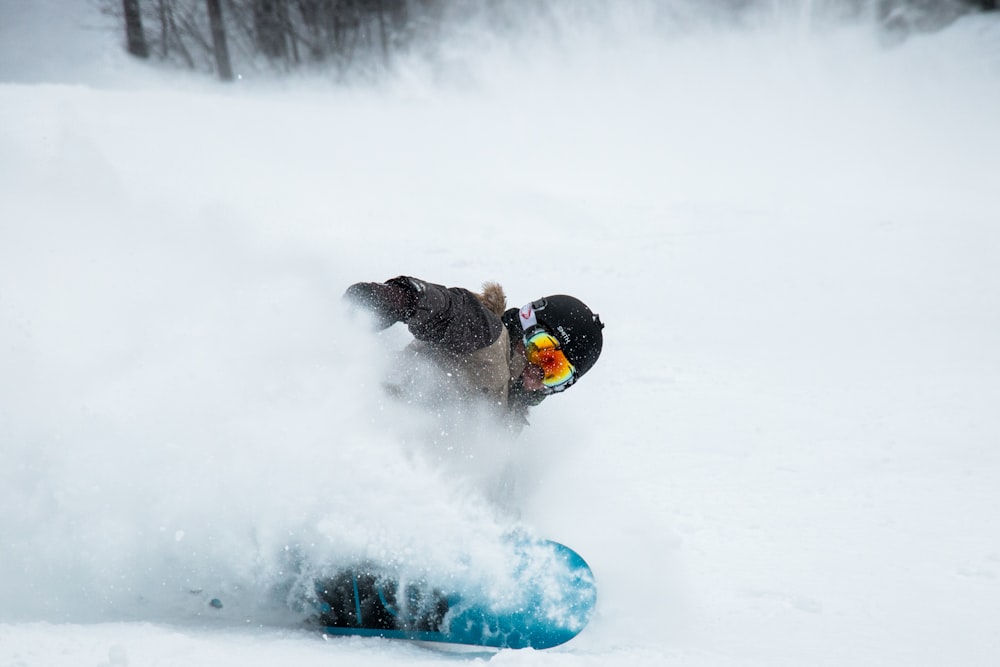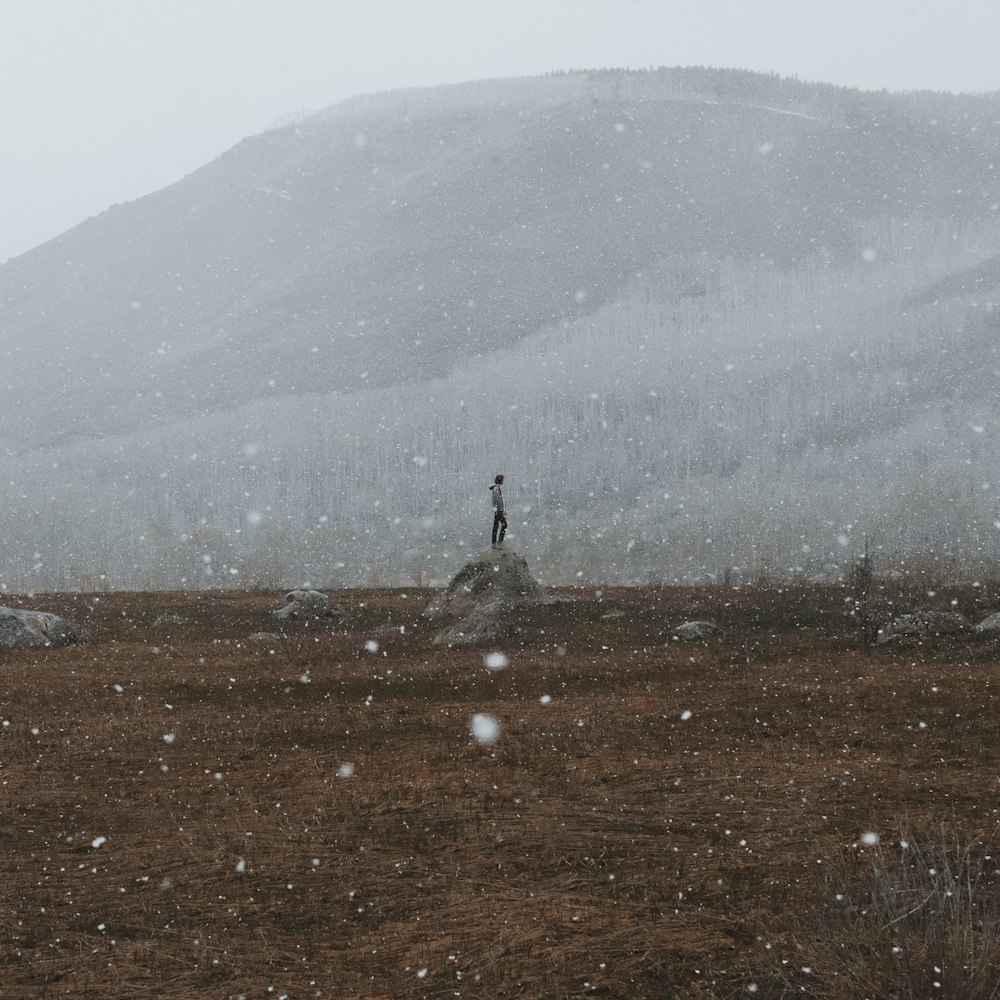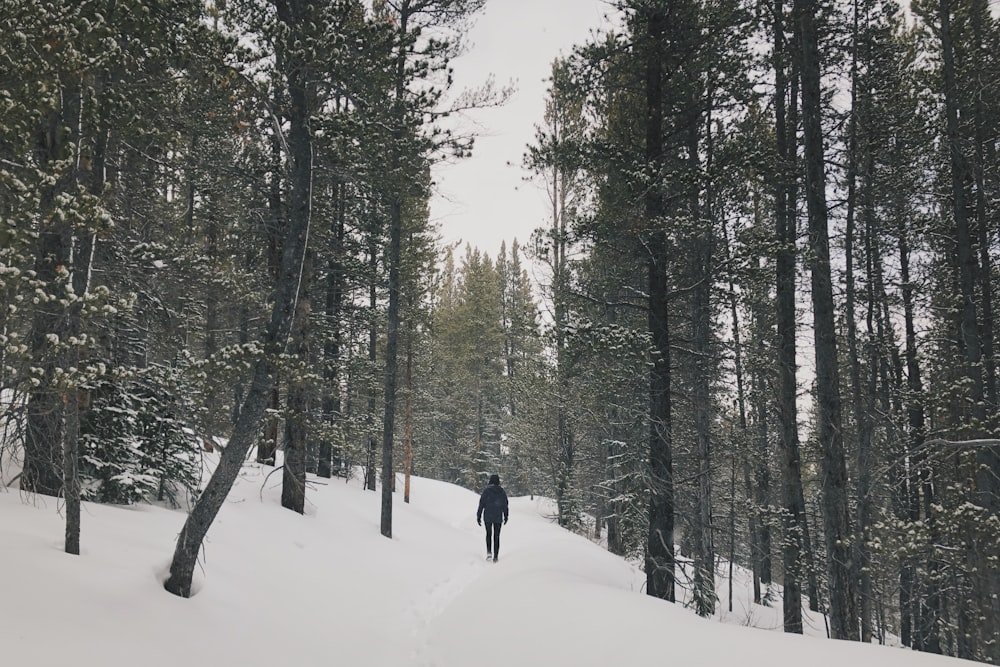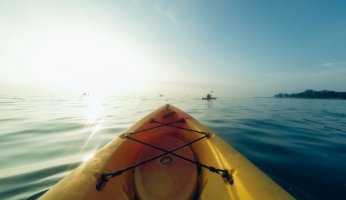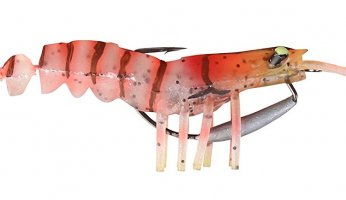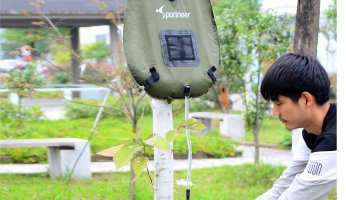How to Choose Snow Gear
 How to Choose Snow Gear
gearweare.net
How to Choose Snow Gear
gearweare.net
For those who like to spend time exploring in the outdoors during the winter, choosing the right snow gear to keep oneself warm is a critical step. The right outerwear will not only keep you comfy as you explore in the outdoors, but is important to remain safe. This is because cold temperatures bring with them serious risks, such as hypothermia and frostbite. These risks are there even on warmer days, because the warmth may cause one to sweat. Sweating can then cause one’s clothes to get wet, which greatly increases the chances of cold weather ailments, particularly hypothermia. It is therefore just as important to wear snow gear that breathes well and will stop you from overheating as it is to wear gear that will keep you toasty warm.
The snow gear that will be discussed in this article includes one’s outer most layers for covering both the upper and lower body. In other words, the advice in this article applies to snow pants and jackets. Other important pieces of clothing to wear on cold days and in inclement weather are a hat, gloves, a scarf or face mask, and a warm pair of wool or synthetic socks. With that in mind, read on to learn more about what you should be wearing to keep yourself warm and safe while spending time outdoors in the winter.
Table of Contents
The Type of Activity
The first thing you should consider when choosing outerwear for wintertime adventure is what type of activity you will predominately be doing in those clothes. For example, people who like to spend their time ice fishing will want highly insulated clothing which doesn’t necessarily breath well, since their activity of choice involves a lot of sitting around outside. Conversely, those who will be using their outerwear for backcountry skiing above all else will want clothing that is highly breathable, as they will be engaging in some serious cardio that also has the potential to work up a serious sweat. For them, a shell setup, which doesn’t have any insulation but provides protection from the wet and the wind, will be ideal.
Generally, shells provide more versatility in terms of the type of activity that they are appropriate for. This is because the necessary amount of insulation can be added to one’s outfit by layering other layers beneath the outer shell. Shells are ideal for those who engage in highly aerobic or cardio intensive wintertime activities, and for those who are looking for an all-purpose setup that will allow them to do lots of different things without having to invest in multiple coats or pants.
The Type of Weather
The type of weather that you will predominately be experiencing when outside in the winter also needs to be considered when purchasing cold weather outerwear. This includes accounting for different types of snow. On the West Coast the snow is dense and wet, so highly waterproof clothing is ideal for this area. Meanwhile, the arid Rocky Mountain Region has snow that is lighter and dryer and can swing massive temperature swings from the sun to the shade. If this is where you primarily adventure, clothing that is more breathable will serve you better. Finally, if you live somewhere like the Great Lakes Region, where temperatures are low and winds are high, highly water and windproof outerwear with at least a little insulation should be what you go for.
Putting insulation aside, the biggest differences in terms of the water and windproof capabilities of outerwear comes from whether your jacket and pants are hardshell or softshell. Hardshells are less breathable but offer far greater protection from the elements, while softshell tech will allow your body temperature to regulate in more conditions but won’t keep you as warm in a persistent wind, wintery mix, or heavy snow. Carefully think through the types of conditions you predominately experience before purchasing new outerwear, that way you can be sure you are getting gear that most adequately fit your needs.
Other Features
There are a number of other features that you should look for when purchasing winter outerwear. These features can make or break a pair of snow pants or a winter jacket. Decide which ones are important to you and make sure to double check that what you are purchasing has these features before investing in them.
Vents – Many outerwear jackets and pants designed for getting gnarly in the outdoors feature vents with mesh lining. These vents can be opened with a zipper and help enormously for keeping one cool when one begins to sweat. These vents can typically be found on the underarm of jackets and on the inside of pant legs.
Pockets – Although pretty much all outerwear will have pockets, not all pockets are created equal. Furthermore, ladies should look out for the fake pocket look, which can be found on pants in particular.
Gaiters – These inner liners are designed to synch tight in critical spots so that heat stays in and snow stays out. On snow pants, gaiters can be found at the bottom on each pant leg and can be placed over boots. They also often have small hooks which can be attached to boot laces and ensure that the gaiters won’t rise up, exposing one’s legs to the snow. Many jackets designed for snow sports also have gaiters that synch tightly around one’s waist and keep the snow out in the case of a fall.
Jacket/Pants Connection – if you buy snow pants and a jacket from the same snow sports brand, they often have some type of zipper or snap system that allows you to connect the pants to the jacket. This can be incredibly handy on super snowy days since it basically turns your setup into a onesie and makes getting snow down your pants or up your back literally impossible. On super cold days, that type of connection can also be quite helpful for keeping one warm.





